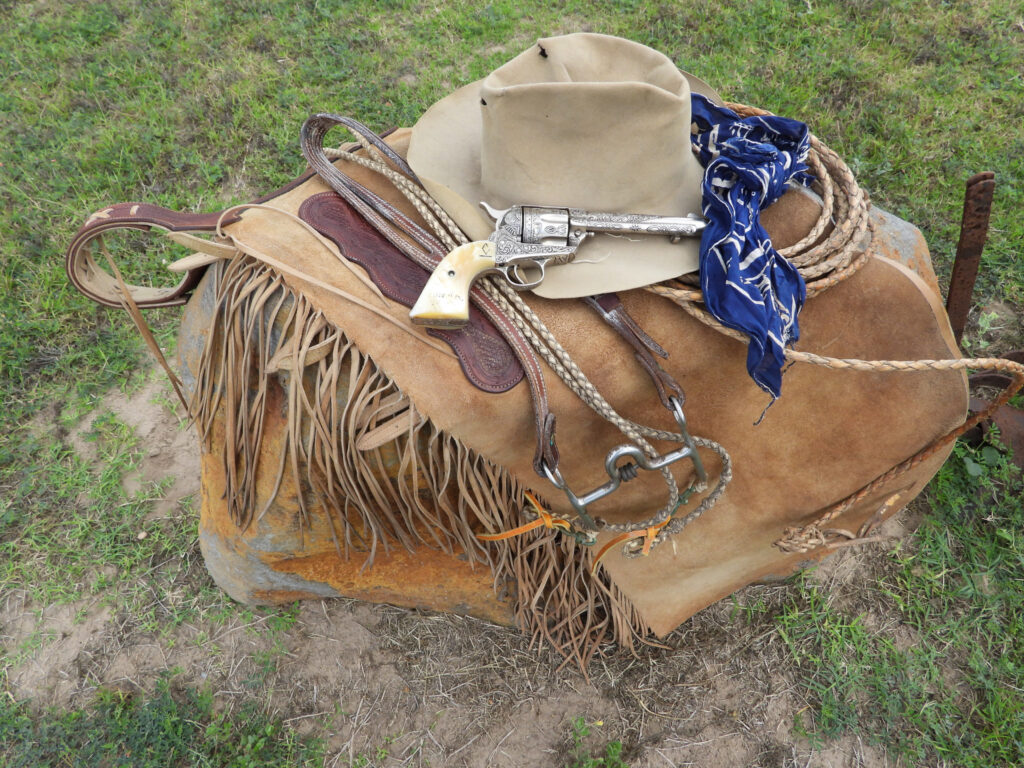Texas Cattle Ranching
The Texas cattle business dates back to Christopher Columbus’s second New World voyage of 1493, when the intrepid Genoan sailed to the Caribbean with a small herd of Iberian Criollos, distant ancestors of the Texas longhorn.
Roughly four centuries later, after the iconic longhorns had given way to newer breeds in the region, Ed East, an Illinois farmer, arrived in newly-established Archer, Texas, where the Union Civil War veteran discovered a talent for managing great herds of beef cattle fattening over vast grasslands on their way to America’s dinner tables.
Ed also founded a dynasty.
He and his wife, the former Hattie Baxter of Trenton, Missouri, raised seven sons; all but two of whom followed their father into the cattle business. In 1915, Tom Timmons East, their fifth boy, married Alice King Kleberg, the granddaughter of King Ranch founder Richard King, and together they built the San Antonio Viejo ranch in deep South Texas. It became the centerpiece of their cattle operations, which would spread across nearly 400,000 acres by Tom’s death in the early 1940s.
Tom and Old Mama, as Alice became known, had three children, Tom, Jr., Hattie (called Lica) and Robert. This rare film footage, shot by Old Mama on horseback in the 1950s, vividly captures the controlled chaos of a spring roundup at the 26,000-acre La Mota ranch that the family then leased in Zapata County.
When Old Mama, then in her 60s, wasn’t recording the action with her movie camera, she and Lica helped work the cattle in the pens. Tom, Jr., who succeeded his father as head of the family, oversaw La Mota and two other satellite ranches, as well family business affairs. Robert was in charge of cattle operations at the San Antonio Viejo.
The Easts raised steers on their various ranches, then sent them to La Mota, where each autumn a thousand or so of them, aged four and five, were sold. The following spring, the 1000-pound animals were rounded up as shown in Old Mama’s film, and trucked about 50 miles east to the railroad pens at Hebbronville, where Robert and his crew from the main ranch would weigh them and wrangle them aboard boxcars for shipment to buyers.
Click to Meet the East Family
A Eulogy for Robert East
Mike East hired a mariachi band to play his uncle’s favorite music at his funeral, and the family invited Tres Kleberg to deliver his cousin’s eulogy. A vaquero stood with a saddled horse near Robert’s open grave.
“I always admired Robert for his dedication to his work, devotion to his family, to the employees of the ranch, and to his way of life, which he loved. I got to share many times earlier on with him, talking about family, ranching, wildlife, friends, and what was going on around us. He was a very caring person and someone who shared what he loved with others. He also had a mischievous side to him and a good sense of humor.”
Kleberg offered prayers, then closed with “Vaquero,” from the writer Bill Witliff.
“He piled his chaps on his saddle and we sat down. For how long, I wanted to know, had he been a vaquero. For a time of twenty years, he told me, from the age of six years.
Your father also? I asked.
Sí. Un vaquero.
And your grandfather?
Un vaquero.
There was a silence. Vaqueros siempre.
Vaqueros always, he said finally. Desde el comienzo. Since the Beginning.”
Tres then turned toward Robert. “Adios, Amigo Mio,” he said.

An ivory-handled revolver that once belonged to Robert’s father atop a still life of cowboy gear and tack.
Photo credit: Ramiro Palacios